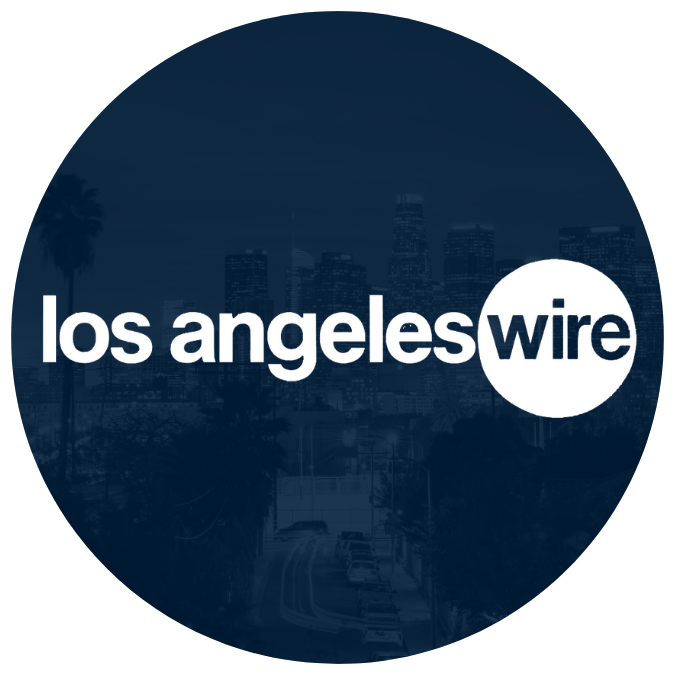Brands often chase growth by launching new products under familiar names, but this strategy carries hidden dangers. When companies extend their brand into unrelated categories, they risk confusing customers and weakening what made the brand distinctive in the first place. A luxury automaker introducing budget vehicles or a motorcycle company selling fragrances might seem like clever ways to capitalize on brand recognition, but these moves frequently undermine the very qualities that built customer loyalty.
Read also: Exploring a Premier Gym Experience in Los Angeles
How Line Extensions Can Erode Brand Equity
Brands build value through consistent associations in consumers’ minds. A high-end watchmaker represents precision craftsmanship, while a value retailer stands for affordable practicality. When brands stretch into new territory that conflicts with these core associations, they create cognitive dissonance. Suddenly, the luxury watch brand appears on discount store shelves, or the rugged outdoor equipment company starts selling office supplies. Customers who paid premium prices for exclusivity feel betrayed, while bargain hunters remain skeptical of the brand’s sudden shift.
The damage often happens gradually. A single questionable extension might only cause mild confusion, but repeated stretches across multiple categories dilute what the brand means to consumers. Eventually, the brand stands for nothing specific—it becomes a hollowed-out shell of its former self, recognizable but lacking the strong associations that drive purchase decisions. This erosion makes marketing increasingly difficult and expensive, as the company must work harder to explain what it represents with each new product launch.
Financial pressures frequently drive these risky extensions. Short-term revenue gains from licensing deals or new product categories can look appealing on quarterly reports. But when these moves alienate core customers, the long-term costs outweigh temporary benefits. Premium brands face particular danger, as their value depends heavily on perceived exclusivity and quality—attributes easily damaged by overexposure or inappropriate product associations.
Why Some Brand Extensions Fail While Others Succeed
Successful extensions share common traits that minimize risk. They move into logically connected categories where the brand’s existing expertise and reputation translate naturally. A kitchen appliance company introducing new countertop gadgets makes sense; the same company launching gardening tools does not. The strongest extensions reinforce rather than contradict what customers already believe about the brand.
Failed extensions typically violate this principle by stretching into unrelated areas where the brand’s heritage provides no competitive advantage or credibility. Customers struggle to understand why they should trust the brand in this new context, and the extension ends up competing on price rather than brand strength. Without authentic roots in the new category, these products often languish on shelves before being quietly discontinued.
Another common pitfall involves targeting entirely new customer segments without considering how this affects existing buyers. When a youth-oriented fashion brand tries appealing to older professionals, it often fails to attract the new audience while alienating its original fans. The most sustainable extensions deepen relationships with current customers rather than chasing completely different demographics.
Timing and market conditions also play crucial roles. Even logical extensions can fail if introduced when consumer preferences are shifting or economic conditions make the new product untenable. Companies sometimes mistake temporary trends for permanent opportunities, attaching their brand to fads that quickly fade. The most durable extensions address enduring needs that align with the brand’s long-term positioning.
Execution quality separates successful extensions from failed experiments. Products that feel like afterthoughts or obvious cash grabs damage brand perception, while thoughtfully designed offerings that meet genuine needs can enhance reputation. Packaging, pricing, distribution, and marketing all communicate whether the extension deserves to carry the brand name—or if it’s just a cheap attempt to monetize brand equity.
Some companies navigate these challenges through sub-branding strategies that maintain distance between the core brand and experimental extensions. This approach allows for category expansion while buffering the parent brand from potential backlash. However, even sub-brands require careful management to avoid confusing consumers or creating conflicting messages about what the company represents.
The most valuable brands resist extension temptations that don’t align with their strategic vision. They recognize that saying no to short-term opportunities preserves their ability to say yes to meaningful long-term growth. This discipline keeps their brand meaning clear and their customer relationships strong—assets far more valuable than any quick revenue boost from a mismatched product line.
For companies considering extensions, several questions help evaluate the risk: Does this product fit with what customers already value about our brand? Do we have legitimate expertise in this new category? Will this strengthen or weaken our core business? The answers often reveal whether an extension builds brand equity or merely exploits it.
Brands that maintain focus while occasionally expanding into carefully chosen categories tend to enjoy the most sustainable success. They grow without losing what made them special, introducing products that feel like natural evolutions rather than desperate grabs for attention. In an era of constant product proliferation, this restraint becomes a competitive advantage—a way to stand out by standing for something specific and meaningful.
The strongest brands aren’t necessarily those with the most products, but those with the clearest identities. Every extension represents both an opportunity and a risk—the chance to reach new customers versus the potential to alienate existing ones. Navigating this balance requires honest assessment of what the brand truly represents, and the discipline to walk away from extensions that might pay today but cost far more tomorrow.
Ultimately, brands thrive when they know who they are and who they’re for. Extensions that honor this understanding tend to succeed, while those that violate it usually fail. In a crowded marketplace, clarity and consistency remain among the most valuable assets any brand can possess—and the most easily lost through careless expansion.
Read also: The Power and Influence of Marketing in the City of Angels





